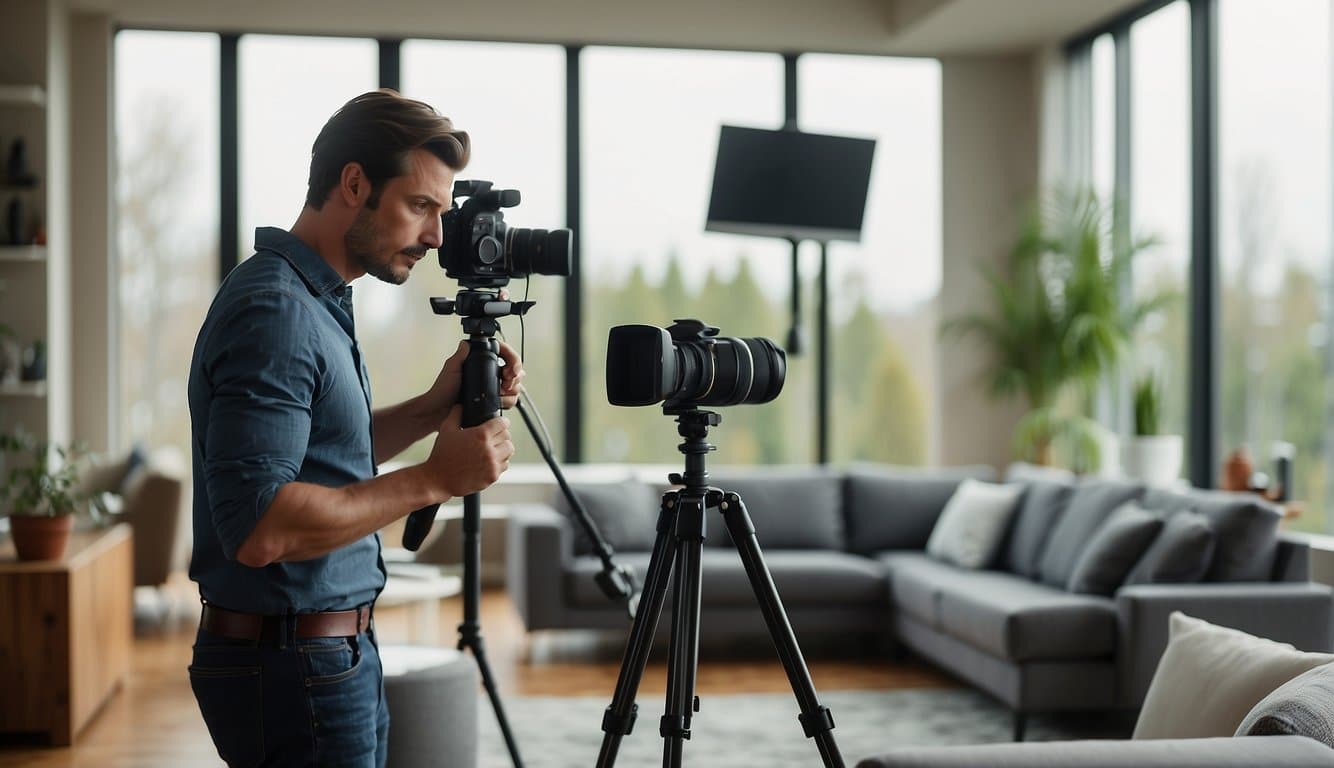Discover Australia's Finest
Explore the latest news, insights, and stories from down under.
Clicking Homes: The Secret Life of Real Estate Photography
Discover the untold secrets of real estate photography that sell homes! Unveil tips, tricks, and insider insights in Clicking Homes.
The Art of Capturing Spaces: Tips for Stunning Real Estate Photography
The Art of Capturing Spaces in real estate photography lies in understanding how to showcase a property’s best features. Begin by selecting the optimal time of day for your shoot; natural light can transform a space dramatically. During golden hour, which is shortly after sunrise or before sunset, rooms are bathed in warm tones that create inviting atmospheres. Additionally, consider using a wide-angle lens to encompass entire rooms, allowing potential buyers to perceive the true size and flow of the space. Remember to eliminate clutter and stage the property to highlight its best assets while maintaining a clean, inviting look.
To elevate your real estate photography further, pay attention to composition and the use of leading lines. Use elements like staircases, windows, and furniture placement to guide the viewer's eye through each image. Aim for a variety of shots that showcase different angles and perspectives, including detailed close-ups of architectural features or textures. Moreover, don’t forget to enhance your images during post-processing; adjustments to brightness, contrast, and color can make a significant difference in presenting your property in the best light possible. Mastering these techniques will not only boost the visual appeal of your listings but also attract more potential buyers.

Lighting Magic: How to Showcase Homes in Their Best Light
When it comes to showcasing homes, lighting magic plays a pivotal role in creating an inviting atmosphere. Proper lighting not only enhances the aesthetic appeal of a space but also highlights its best features. To achieve this, consider using a combination of ambient, task, and accent lighting. For example, placing recessed lights in the ceiling can provide general illumination, while pendant lights above kitchen islands or dining areas can serve as task lighting. Additionally, using floor lamps and table lamps can add warmth and character to living spaces.
Another key aspect of showcasing homes through lighting is the importance of natural light. When preparing a home for viewings, make sure to open curtains and blinds to let in as much sunlight as possible. Natural light not only makes spaces feel larger but can also create a positive impression on potential buyers. Moreover, consider using light-colored paint and decor that complements the natural light to enhance the overall brightness of the space. By strategically utilizing both artificial and natural light, you can truly perform lighting magic to make a home shine.
What Makes a Property Photo Stand Out? Key Elements Every Realtor Should Know
When it comes to real estate listings, the significance of high-quality property photos cannot be overstated. The first impression a potential buyer gets is often through the images presented online. To truly make a property photo stand out, realtors should focus on several key elements. Firstly, ensure that the lighting is optimal; using natural light can enhance the space and showcase its features more effectively. Additionally, consider the angle of each shot—capturing the property from multiple perspectives allows viewers to appreciate the layout and flow of the space.
Another critical element is staging; a well-staged property can evoke emotion and help potential buyers envision themselves in the space. Incorporating highlights such as elegant furnishings and tasteful decor can significantly elevate the appeal of a property photo. Lastly, leveraging professional photography services is advisable, as skilled photographers understand how to use tools like wide-angle lenses and post-editing software to create images that are both captivating and realistic, ensuring that the property's true potential is showcased.